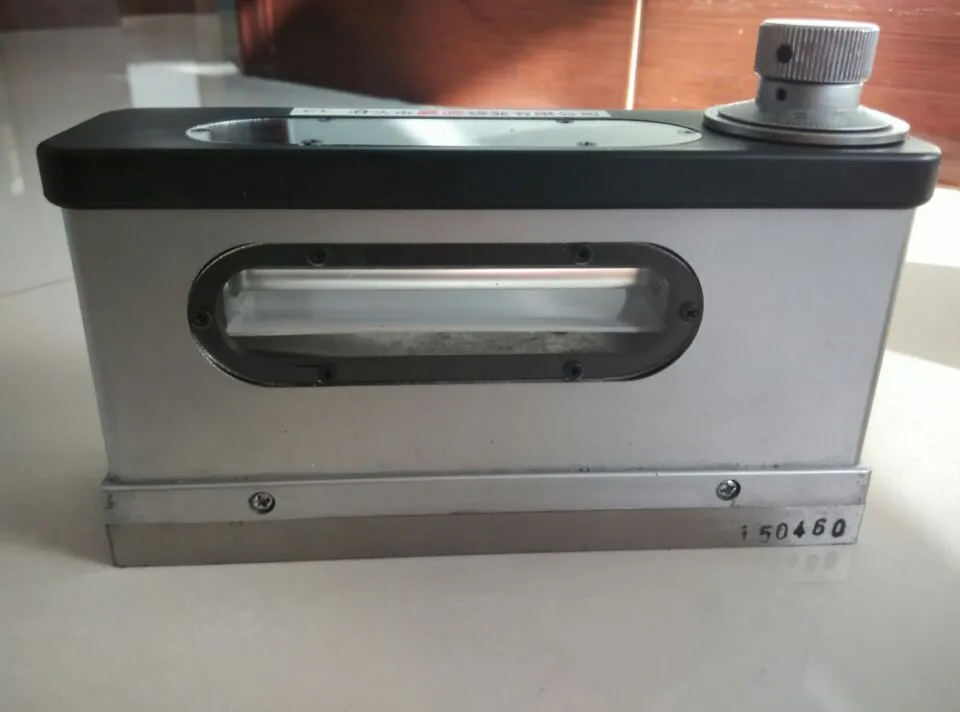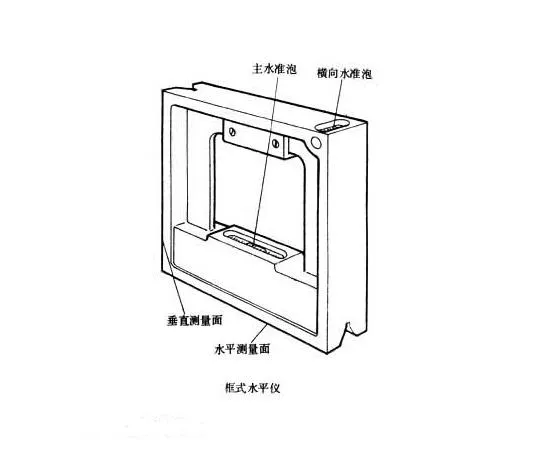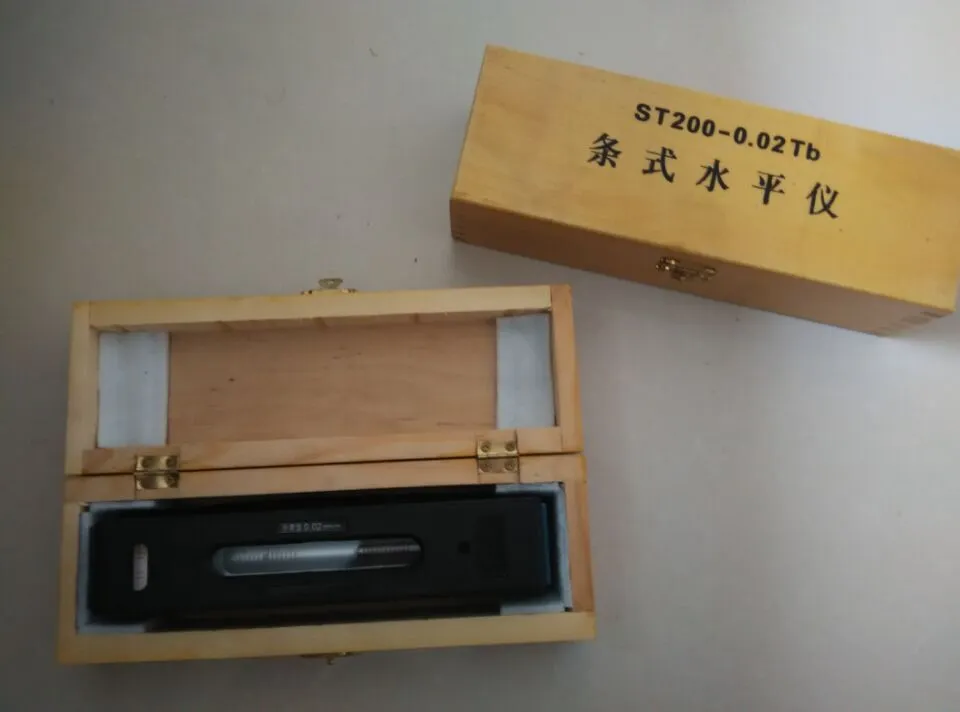يونيو . 12, 2025 15:13 الرجوع للقائمة
Cultural Significance of Spirit Levels in Ancient and Modern Societies
From the pyramids of Giza to the skyscrapers of New York, humanity’s quest for precision and balance has shaped civilizations. At the heart of this pursuit lies a humble yet indispensable tool: the spirit levels. This article explores the cultural, historical, and practical roles of مستويات الروح, tracing their evolution from ancient symbolism to modern engineering marvels. By examining the spirit level tool, level spirit level, and precision spirit level, we uncover how these instruments have transcended mere functionality to become emblems of human ingenuity.

Spirit Levels in Ancient Civilizations: Foundations of Balance and Symbolism
Long before the invention of modern tools, ancient societies recognized the importance of horizontal and vertical alignment. The earliest spirit level were rudimentary but revolutionary. For instance, Egyptian builders used water-filled trenches and plumb bobs to ensure the alignment of monumental structures like the pyramids. These methods embodied the principles of the spirit level tool, leveraging natural elements to achieve balance.
In Mesopotamia, clay tablets reveal that architects employed weighted strings and wooden frames to level foundations, a precursor to the level spirit level. These techniques were not merely practical but also symbolic. Straight lines and perfect angles were associated with divine order, reflecting a cosmic harmony that rulers sought to emulate. The spirit level thus became a metaphor for moral and societal equilibrium, embedded in religious texts and governance.
The Roman Empire advanced these concepts further, using chorobates—a primitive version of the precision spirit level—to construct aqueducts and roads. This tool’s accuracy was critical for infrastructure that sustained vast territories. By aligning physical structures with celestial patterns, ancient engineers fused practicality with spirituality, cementing the spirit level as a bridge between earthly endeavors and cosmic ideals.

The Evolution of the Spirit Level Tool in Modern Engineering
The Industrial Revolution marked a turning point for the spirit level tool. As machinery and urban planning demanded higher accuracy, inventors refined the tool’s design. The 17th-century addition of an alcohol-filled glass vial—replacing water to prevent freezing—transformed the level spirit level into a reliable companion for craftsmen and engineers.
Today’s spirit level tool is a marvel of ergonomics and durability. Constructed from lightweight aluminum or composite materials, modern versions feature magnetic edges for metalwork and shock-resistant vials for rugged environments. These innovations reflect society’s shift toward specialization, where tools are tailored to industries like construction, carpentry, and aerospace.
The precision spirit level represents the pinnacle of this evolution. With laser-guided systems and digital readouts, these tools achieve tolerances within 0.0001 inches, enabling feats like the construction of particle accelerators and microchip factories. Such advancements underscore humanity’s unyielding demand for perfection, driven by the same principles that guided ancient architects.
Level Spirit Level: Standardization and Mass Production
The mass production of the level spirit level in the 19th century democratized access to precision. Previously reserved for elite projects, these tools became household staples, empowering DIY enthusiasts and small-scale builders. Standardization played a key role: uniform vial sizes and graduated scales ensured consistency across industries, fostering global trade and collaboration.
Manufacturers today produce level spirit levels in vast quantities, catering to sectors from civil engineering to interior design. Features like adjustable vials and multi-angle measurements address diverse applications, while bulk purchasing options reduce costs for large-scale projects. This accessibility has reshaped urban landscapes, enabling communities to build safer, more sustainable infrastructure.
The cultural impact of the level spirit level extends beyond practicality. It symbolizes democratized knowledge—a tool that empowers individuals to create, repair, and innovate. In classrooms, it teaches principles of physics; in workshops, it embodies the ethos of craftsmanship. By making precision attainable, the level spirit level has become a cornerstone of modern productivity.

Precision Spirit Level: Technological Advancements and Future Trends
The precision spirit level is no longer confined to physical bubbles. Digital integrations, such as Bluetooth connectivity and smartphone apps, allow real-time data logging and error correction. These tools are indispensable in fields like robotics and renewable energy, where microscopic deviations can have macroscopic consequences.
Emerging technologies like AI and IoT promise to redefine the precision spirit level. Imagine sensors that auto-calibrate based on environmental conditions or tools that sync with BIM (Building Information Modeling) software to predict structural stresses. Such innovations will further blur the line between tool and technician, enhancing efficiency while reducing human error.
Despite these advances, the core philosophy remains unchanged: the precision spirit level is a testament to humanity’s relentless pursuit of excellence. As we venture into space colonization and nanotechnology, this tool will continue to anchor our ambitions in the bedrock of accuracy.
FAQs About Spirit Level Products
How does a spirit level ensure accuracy in construction projects?
A spirit level uses a liquid-filled vial with an air bubble. When the bubble centers between marked lines, the surface is level or plumb. High-quality spirit level tools feature precision-molded vials and durable frames to maintain accuracy across temperature changes and heavy use.
What distinguishes a precision spirit level from standard models?
A precision spirit level offers higher sensitivity, often with tolerances under 0.5 millimeters per meter. These tools may include digital displays, magnetic bases, or shock-absorbing materials, making them ideal for specialized industries like aerospace or high-precision manufacturing.
Can a level spirit level be used for both horizontal and vertical measurements?
Yes. Most level spirit levels feature multiple vials for horizontal (level) and vertical (plumb) alignment. Some models include angled vials for 45-degree measurements, enhancing versatility for complex projects.
Are spirit level tools resistant to environmental factors like moisture or dust?
Industrial-grade spirit level tools are designed with sealed vials and corrosion-resistant materials. For extreme conditions, opt for models rated IP67 or higher, ensuring functionality in wet, dusty, or high-impact environments.
Why should businesses purchase spirit levels in bulk?
Bulk purchasing reduces per-unit costs and ensures consistent tool quality across large teams. Manufacturers offer customizable bulk orders, including branded precision spirit levels tailored to specific industry needs, streamlining procurement for infrastructure or manufacturing projects.
From ancient symbolism to cutting-edge technology, the spirit level remains a universal symbol of humanity’s dedication to balance and precision. As societies evolve, so too will the tools that shape our world—yet their cultural significance will endure, bridging past, present, and future.
-
Thread Plug Gauge Requires Careful HandlingأخبارJul.29,2025
-
Surface plate calibrationأخبارJul.29,2025
-
Ring Gauge Ensures Machining AccuracyأخبارJul.29,2025
-
Pad Iron Reinforces Anchor PointsأخبارJul.29,2025
-
Ground anchor stabilizes embankmentsأخبارJul.29,2025
-
Granite Box Maintains Precision FlatnessأخبارJul.29,2025
منتجات ذات صله









